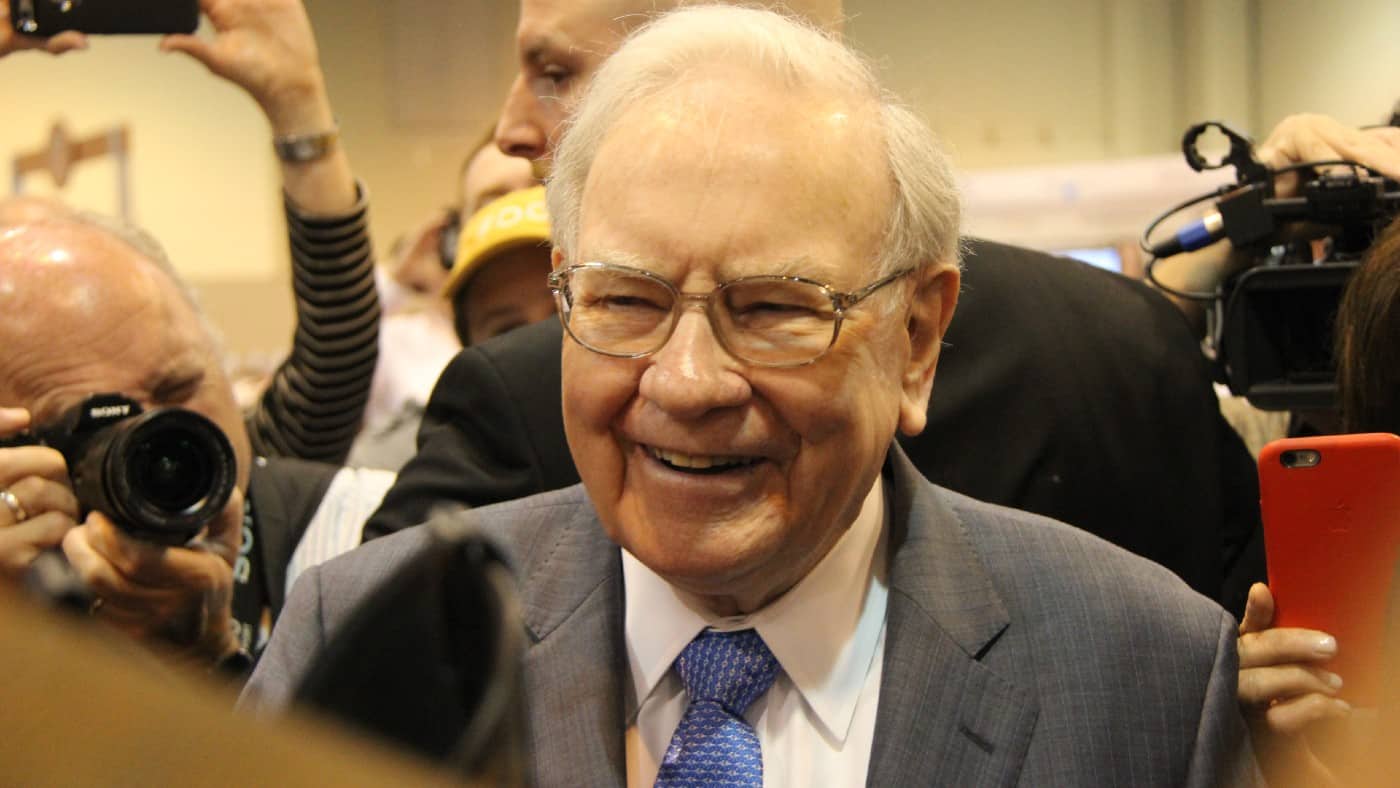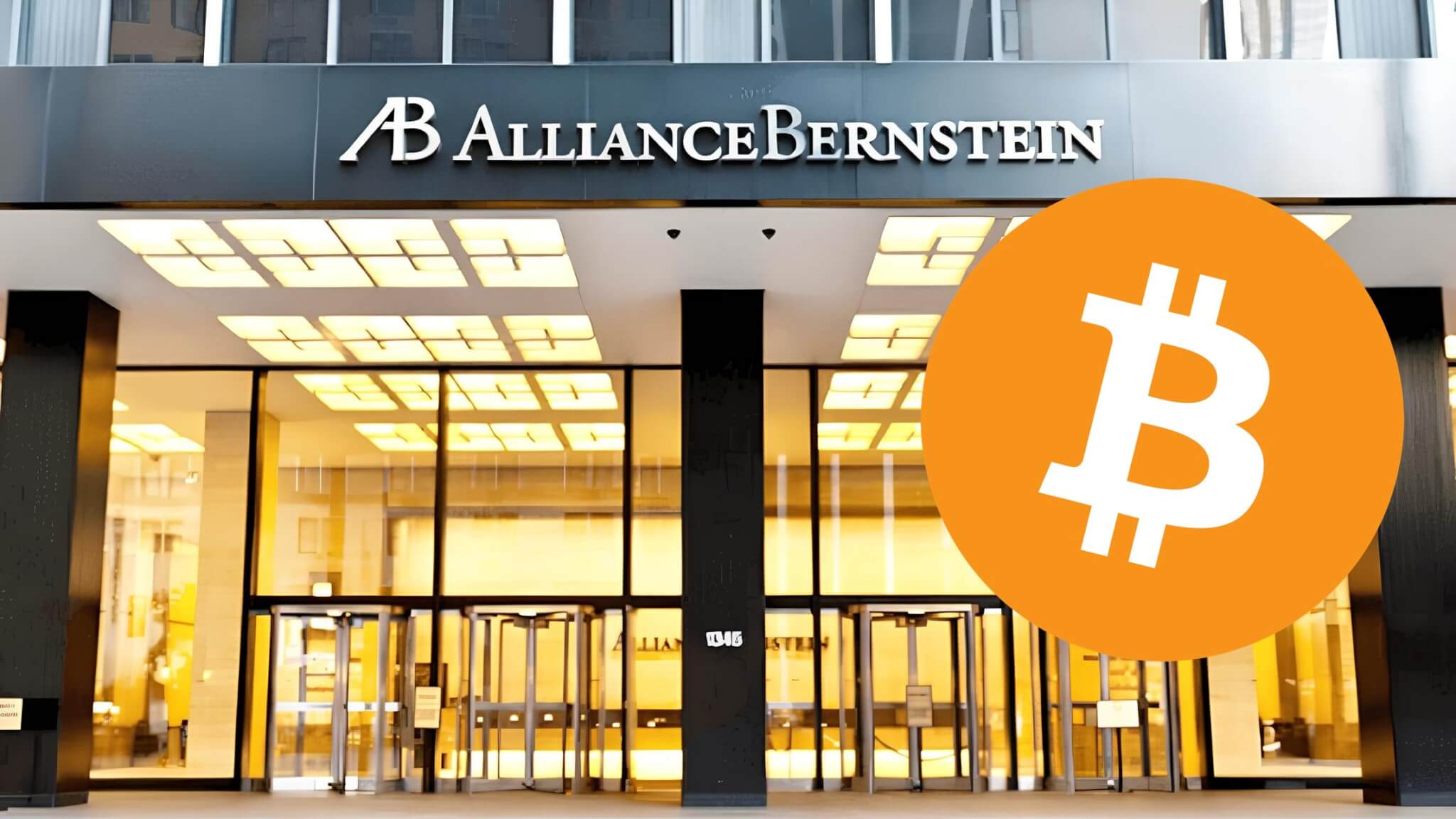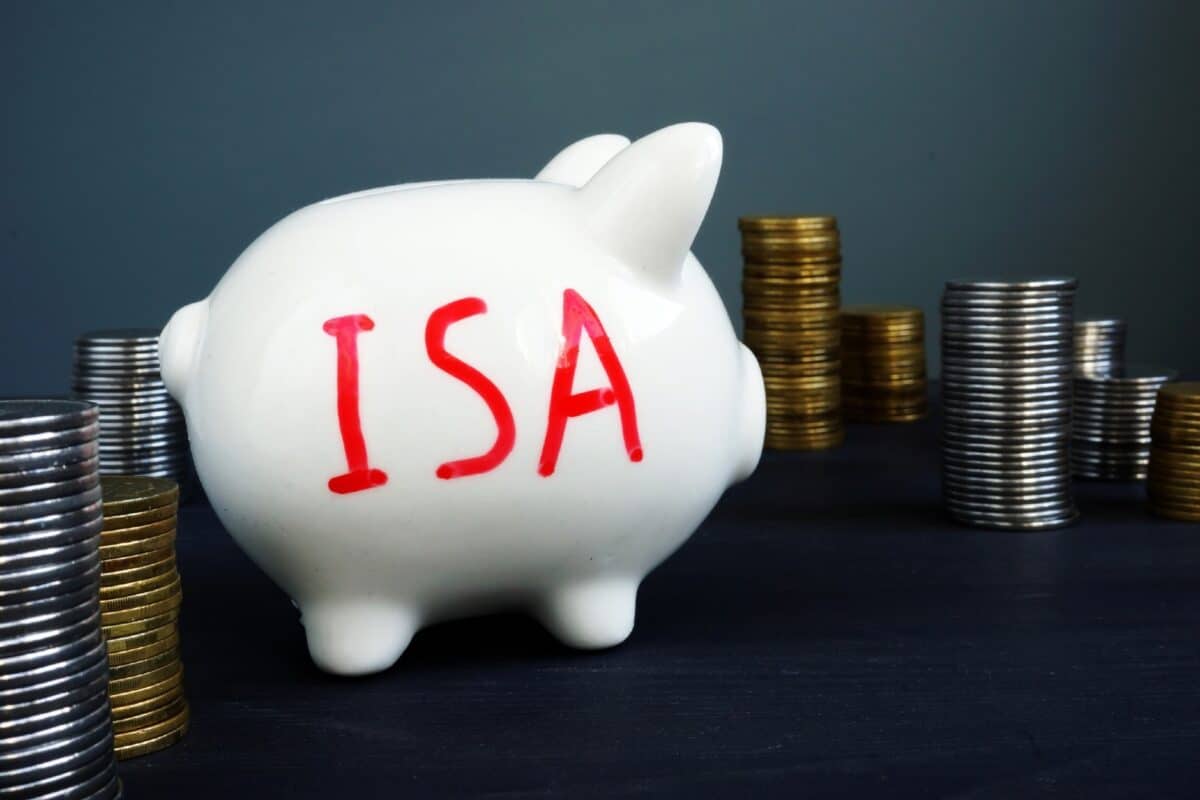Image source: Getty Images
By putting some spare savings into dividend shares, it is possible to set up passive income streams that help put some profits of blue-chip firms into our own pockets.
If I had spare money today – say, £9,000 – here are three steps I would take to set the ball rolling on a long-term target of £1,794 passive income each year thanks to that approach.
Step 1: turning savings into investment capital
My first move would be to set up a share-dealing account or Stocks and Shares ISA, then park the £9K in it.
That way, as soon as I found shares to buy I would be ready to act.
I say ‘shares’ because no matter how much I liked one investment opportunity, I would spread the £9K over a range of shares to reduce my risk if one did badly. It happens.
Step 2: choosing shares to buy
Next, I would start the process of finding shares to put in my portfolio.
With thousands of companies listed in the UK and US markets alone, it might seem daunting deciding where to start.
My approach would be to stick to business areas I understand and that I feel have the potential for long-term profits. I would then zoom in on companies with a proven business model and competitive advantage that I think could help them keep generating excess cash to fund dividends for years or even decades to come.
An income share to consider
As an example, one share I think passive income investors should consider buying is ITV (LSE: ITV).
The FTSE 250 broadcaster has a legacy business that continues to pump out profits thanks to advertising. Over time that may decline and the cost of ramping up digital operations could eat into profits.
But, for now, the business continues to generate significant excess cash – and the company has also been building its digital offering.
On top of that part of the business, the other half of ITV is a studios and production business. That helps shield it from the ups and downs of advertising demand, as it can make money by renting out its facilities and services to a wide range of programme makers.
Currently, with the ITV share price in pennies, the dividend yield is 6.8%.
Step 3: growing passive income streams
Imagine I invested the £9K at an average yield close to that, of 7%. Although around double the FTSE 100 average, in the current market I think that is achievable.
So, 7% of £9,000 is £630 per year. As a passive income start I think that is pretty reasonable.
But I could try and do better – much better — by taking a long-term approach. That is due to one simple move, known as compounding. That simply means using the dividends I earn to buy more shares.
Imagine I compounded my dividends for 15 years at an average annual rate of 7%. After 15 years, I ought to be earning around £1,794 in passive income each year.
Credit: Source link










![Just released: November’s higher-risk, high-reward stock recommendation [PREMIUM PICKS]](https://www.fool.co.uk/wp-content/uploads/2023/05/Fire-1200x675.jpg)



